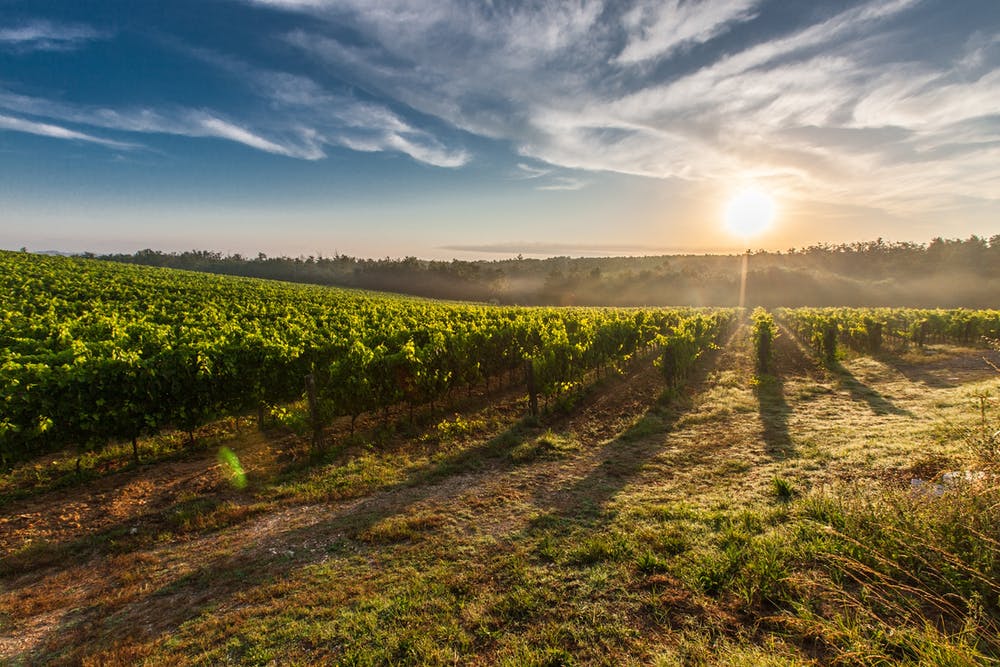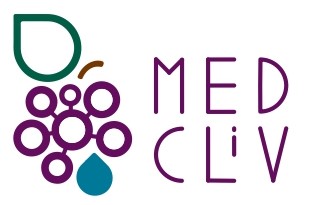GHG emission reduction in the vineyard

The fourth largest contribution to global greenhouse gas (GHG) emissions is given by agriculture (14%) (Metz et al., 2007), and the wine industry is one of the most important economic sectors in terms of production and distribution worldwide.
Winemaking process can be subdivided into two main phases: agricultural and industrial. Agricultural phase accounts for GHG emissions related to practices for vineyard planting, pre-production and grape production sub-phases, while the industrial phase includes vinification, bottling, packaging, distribution, and waste management processes (Bosco et al., 2011).
In the winemaking process, the agricultural phase has been recognized to contribute from 17% (Rugani et al., 2013) up to 40% (Benedetto, 2013, Neto et al., 2013) to GHG emissions. Studies reported that the use of pesticides, fertilizers, and diesel consumption for vineyard practices are the main sources of GHG emissions in the wine chain.
The implementation of the actions to reduce GHG emissions in the wine industry are mainly i) enhancement of wine waste to obtain bioenergy and biomaterials, ii) development of agriculture 4.0 techniques and iii) improvement of packaging from an eco-design perspective.
In general, the mitigation actions in the vineyard management are aimed at two goals: i) a general decrease in energy consumption, and ii) the increase of soil carbon. See Chiriacò et al. (2019) for an experimental experience on the carbon budget in a vineyard after the adoption of GHG emission limiting techniques.
For i), the strategy is the adoption of high-efficiency machinery, the adoption of precision agriculture approaches, the reduction in the chemical input in the vineyard.
Concerning ii), the application of conservative management practices in viticulture (e.g. retention of pruning residues, no tillage, inter-row cover crops) has been shown to improve the carbon stock in the upper layer of soil. For instance, the use of biochar, directly obtained from winery waste treatment, on vineyard soil that can improve the soil quality with a carbon-neutral approach (see link and a “Solution” card dedicated to biochar and to carbon budget in the vineyard).
References
- Benedetto, G.: The environmental impact of a Sardinian wine by partial Life Cycle Assessment, Wine Econ. Policy, 2 (2013), pp. 33-41
- Bosco et al., Greenhouse gas emissions in the agricultural phase of wine production in the Maremma rural district in Tuscany, Italy, J. Agron. (2011) Page Press, Pavia
- Chiriacò, M.V., Belli, C., Chiti, T., Trotta, C., Sabbatini, S., 2019: The potential carbon neutrality of sustainable viticulture showed through a comprehensive assessment of the greenhouse gas (GHG) budget of wine production. Journal of Cleaner Production 225 (2019) 435-450
- Metz et al., 2007 , Contribution of Working Group III to the Fourth Assessment Report of the IPCC, Cambridge University Press, Cambridge (2007)
- Neto et al., Life cycle assessment of the supply chain of a Portuguese wine: from viticulture to distribution, J. Life Cycle Assess., 18 (2013), pp. 590-602
- Rugani et al., A comprehensive review of carbon footprint analysis as an extended environmental indicator in the wine sector, Clean. Prod., 54 (2013), pp. 61-77
Links to some videoclips (in Italian)
Experiences of crop cover and biochar application in Emilia – Romagna (I): https://www.youtube.com/watch?v=-HMrAaShiO8
A project on adaptation to climate change in viticulture for Emilia – Romagna region (I): https://www.youtube.com/watch?v=vqTUXxczxkk
Project VALSOVITIS (biochar): https://www.youtube.com/watch?v=-mgSH1asK28
By: Rosa Prati, Roberto Conti (CAVIRO), Emanuele Eccel (FEM)
Relations
- Network
- List
- Geolocation
- More
MEDCLIV (Mediterranean Climate Vine & Wine Ecosystem)
The MEDCLIV project aims at experimenting participatory approaches to design and share co-constructed adaptation (and to some extent mitigation) pathways for the vine and wine value chain in Mediterranean territories. change



